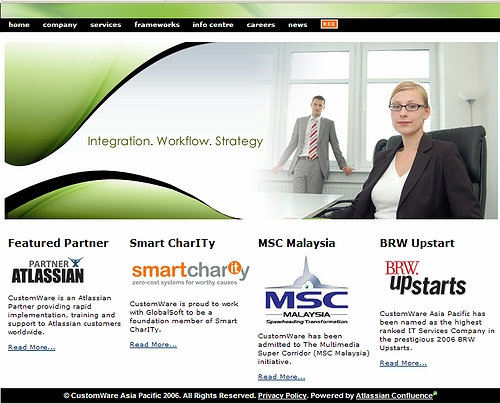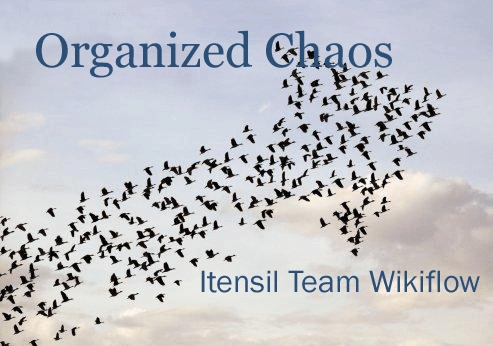![]() The best thing about Texty may be its name. TechCrunch calls it Dead Simple Content Creation And Editing. You just start typing in a simplified editing window on their site, add images if you want to, do some formatting, click a button and pick up an embed code to include in your site.
The best thing about Texty may be its name. TechCrunch calls it Dead Simple Content Creation And Editing. You just start typing in a simplified editing window on their site, add images if you want to, do some formatting, click a button and pick up an embed code to include in your site.
The result: WYSINWYG: What You See Is NOT What You Get. Your page is a container, it has a little javascript code, but the actual text body is on Texty’s site. The text appears to be there, you can read it, but it does not show up on Google Reader, and certainly does not get indexed by Google or any other search engines: you lose findability.
Of course there may very well be situations when the ability to send / publish a piece in multiple copies, while you retain the ability to centrally update it is beneficial. In fact a Zoho Writer user “discovered” this months ago. Some of Owen Kelly’s scenarios:
- Centrally update his resume, while it’s posted in multiple places
- Submitting academic paper for a conference – organizers want to publish it early, while it still goes through iterations
(Read the full essay here: Zoho for distributed publication.)
The score for Texty: good for some (distributed publishing), dangerous for others ( no search, text may disappear if the service goes belly up). And, as we’ve just seen, it’s nothing new.
But I have to give it to them (whoever they are) they got just the right name: it’s catchy, simple, and actually tells what they do. I can’t believe such a name was still available! I guess *not* All Good Product Names Are Taken, after all. ![]()




Recent Comments